Promo: Luer Lock Standard Mastery
The luer lock standard is a significant matter in the healthcare and pharmaceutical industries. It ensures that devices such as syringes and intravenous sets can connect safely and remain connected. As it is widely used, there are many inquiries individuals have regarding this technology. So, let's delve into the top five inquiries individuals commonly ask regarding the luer lock standard.
What's this luer lock standard all about?
How does this luer lock thing make sure things stay connected?
So, what's so great about using this luer lock thing?
Are there different kinds of luer lock standards?
How do I pick the right luer lock standard for what I need?
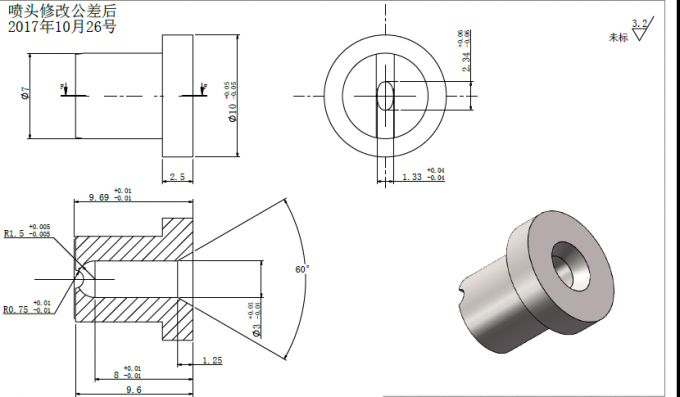
The luer lock standard is a kind of connection type used in stuff like syringes, needles, and IV sets. It's got a male threaded part on one end and a female threaded part on the other. It's designed to remain reliable even under pressure, which is great for clinical application.
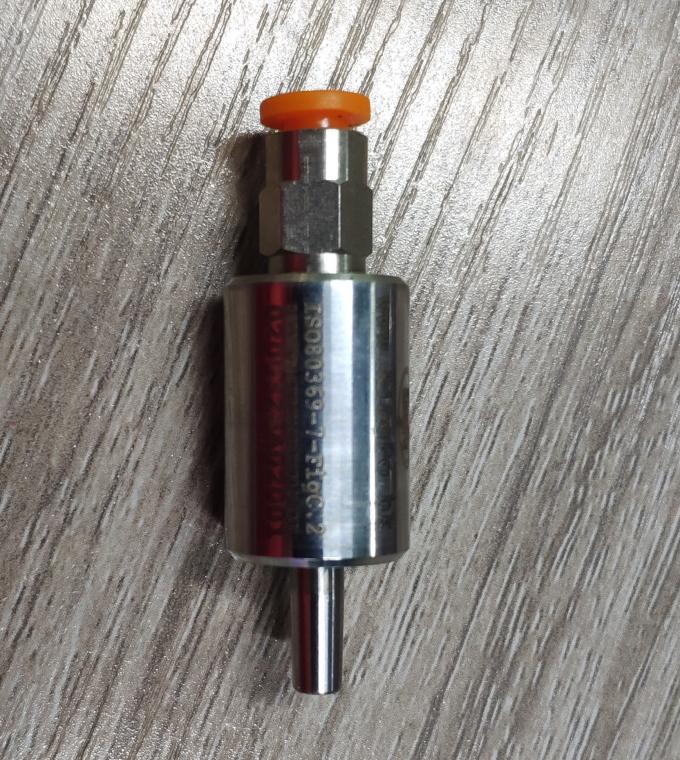
It keeps things locked in place with a special locking mechanism. The male threaded part screws into the female threaded part, making a really reliable seal. This way, there's fewer opportunities of things coming apart in critical moments.
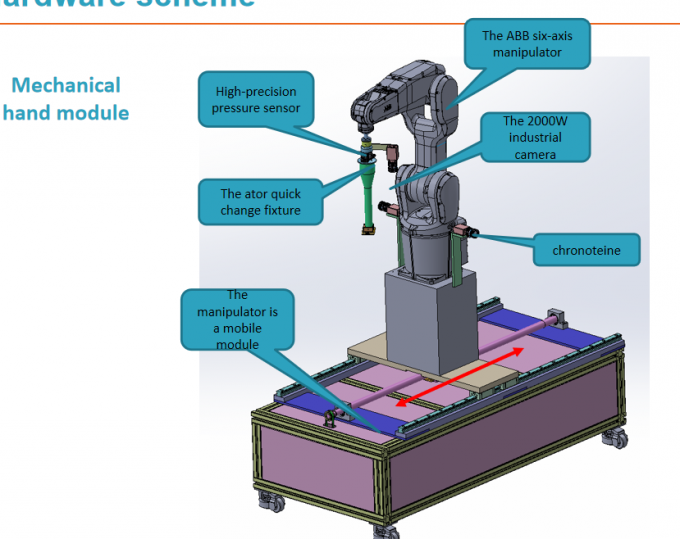
Several strong motives to use the luer lock standard. First off, ensure things remain joined, which cuts down on errors.
It's extremely simple to operate and maintain, which is the reason for its widespread use in healthcare facilities and similar environments. And it is compatible with a variety of medical devices, therefore, it offers high versatility.
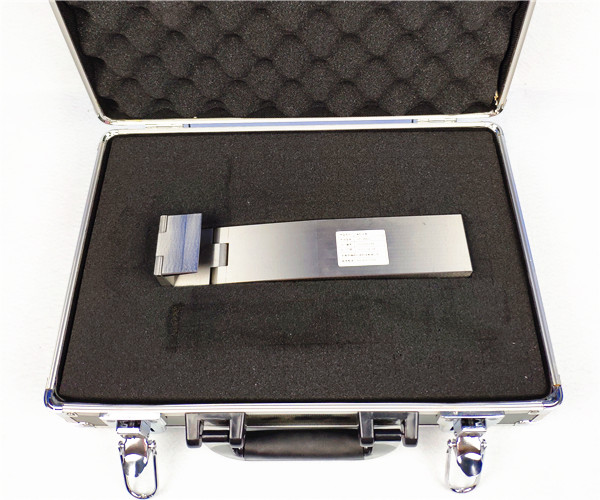
Undoubtedly, there are numerous varieties including luer slip, luer lock, and luer swivel connectors. Each type has its unique advantages and is appropriate for various applications. For instance, luer slip is suitable for low-pressure applications, while luer lock is more appropriate for high-pressure scenarios.
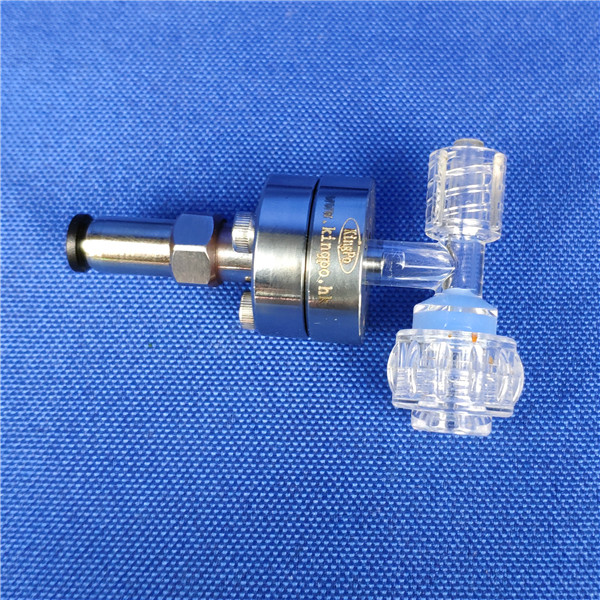
You should consider a number of factors when selecting the correct luer lock connector, including the pressure it is required to withstand, whether it is compatible with other devices, and the specific purpose for which it is intended. It is advisable to consult with a healthcare professional or an expert in the field to ensure you obtain the appropriate type for your requirements.
- KINGPO will meet you at the 92nd China International Medical Equipment (Autumn) Expo in 2025
- KingPo Delivers and Installs State-of-the-Art Dust Chamber in Korea, Enhancing Local Testing Capabilities
- ISO 80369-7 Luer Gauge Checklist
- What are the implications for manufacturers transitioning from ISO 594 to ISO 80369-7?
- KINGPO 2024 R&D Results Report
- ISO 594 is replaced with ISO 80369
- Saudi Arabian Customer Purchase ISO 80369-7 reference connector and ISO 80369-20 test apparatus from us
- Understanding ASTM F2059 Fluid Flow Test: A Comprehensive Overview
- Medical Device Pressure Validation: Ensuring Accuracy and Reliability
- Luer Gauge Adapter for Syringes: Enhancing Medical Precision and Safety


